#Publishing History
Text
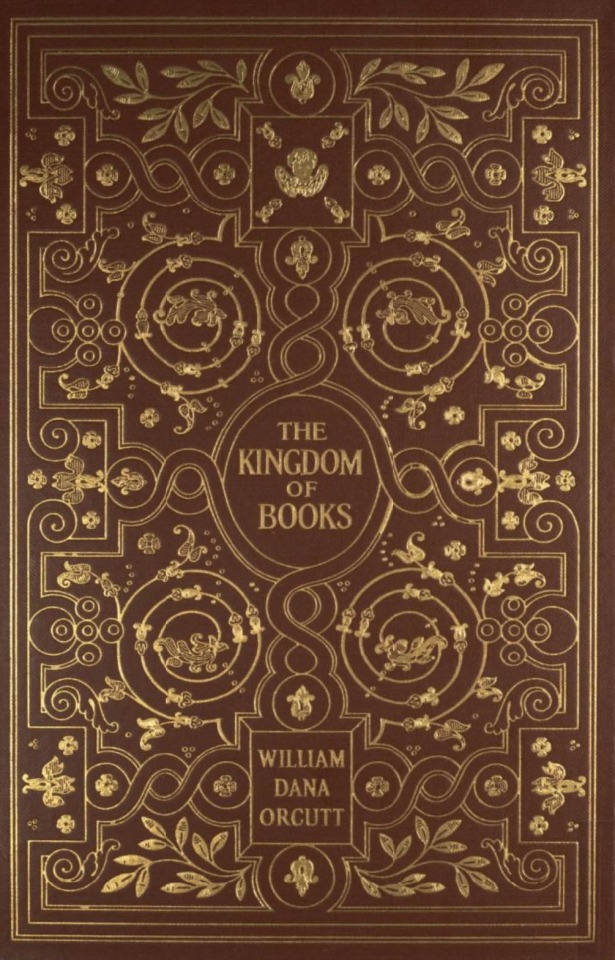
THE KINGDOM OF BOOKS by William Dana Orcutt. (Boston: Little Brown, 1927) Book design by Enrico Monetti.
source
#beautiful books#book blog#books books books#book cover#books#vintage books#illustrated book#publishing history#book design
52 notes
·
View notes
Photo
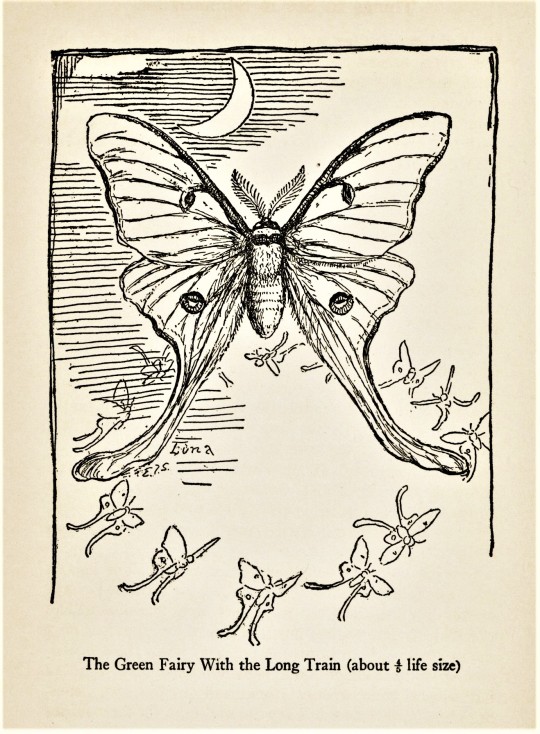

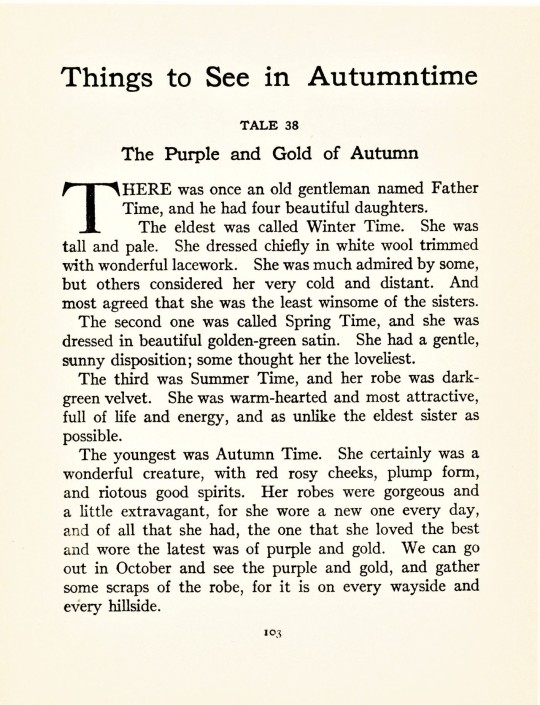

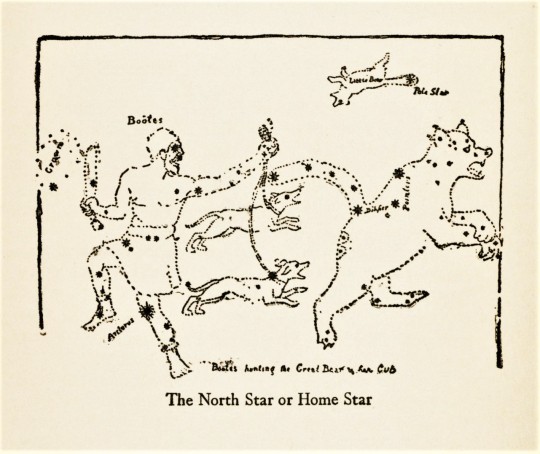
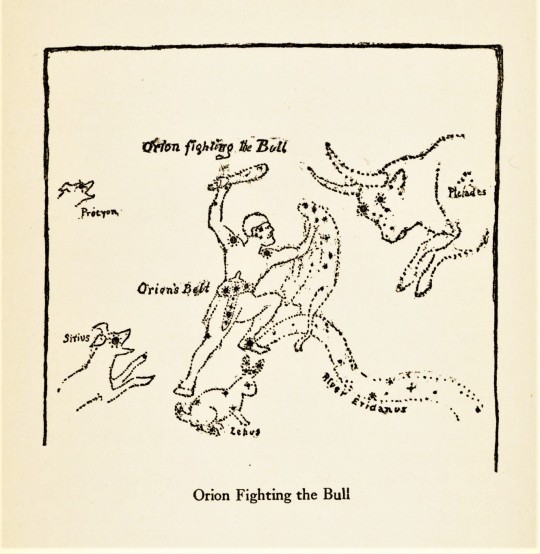
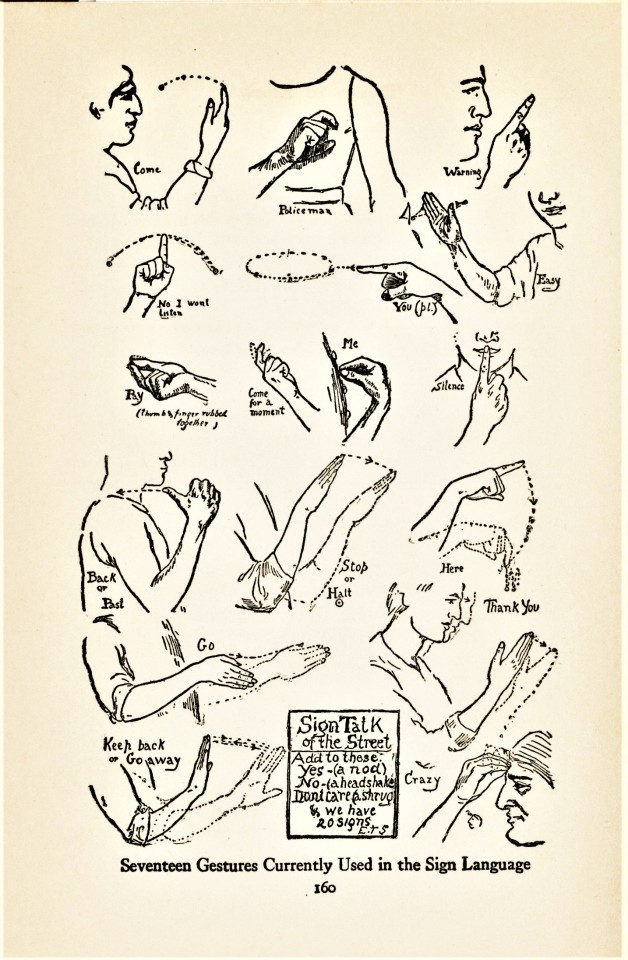
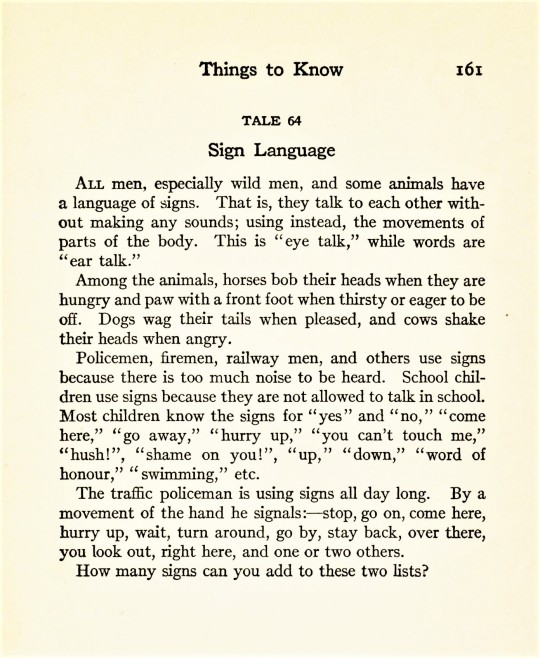
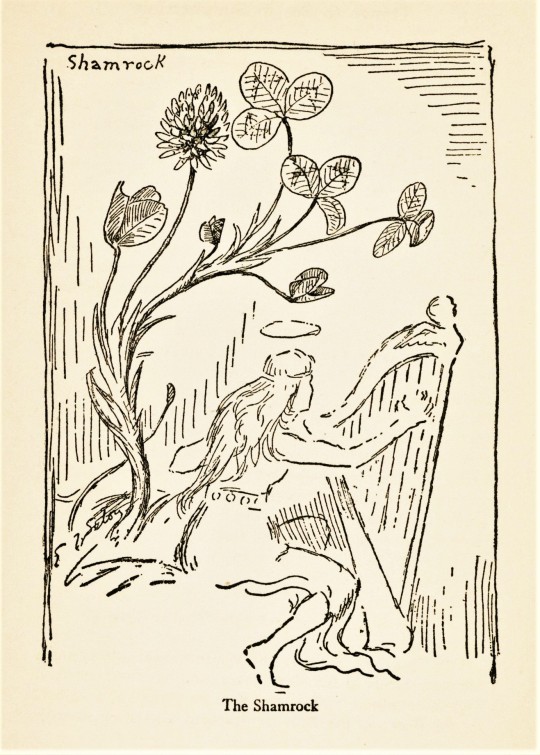
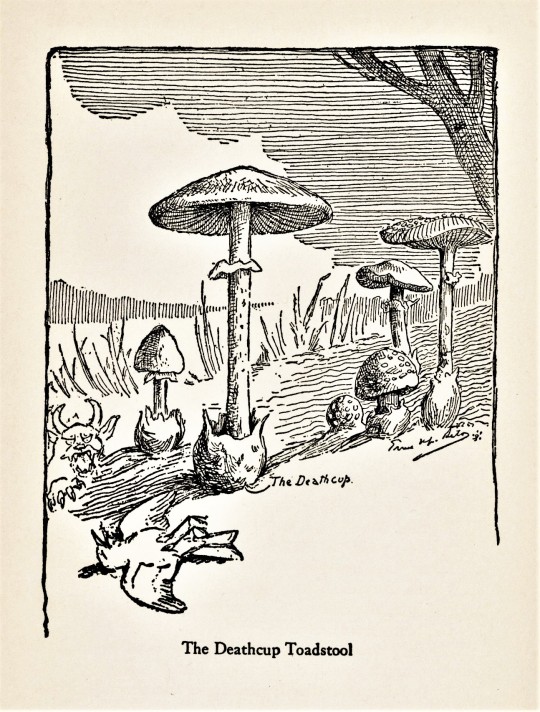
Staff Pick of the Week
Ernest Thompson Seton (1860-1846) was a prolific Canadian-American author and wildlife artist, who was also one of the founding pioneers of the Boy Scouts of America. Woodland Tales is a reflection of his interests in the natural world, consisting of short stories about animals and the seasons. He split the book up into parts that he labeled as “Things to see in Springtime” or “Things to see in Wintertime,” with matching short stories. Throughout the book you can find many of his illustrations.
I was shelving something else when I found this book on accident, and I’m glad I opened it. The illustrations and stories vary between feeling like it’s something out of a fairy tale to something more scientific, such as a field guide. As a nature-lover myself, this book was a great find!
This particular edition is the 1922 printing of the book, originally published in 1921 by Doubleday, Page & Company In Garden City, N.Y. Another interesting thing about the book is the curious details I learned about Doubleday when researching it. For instance, during the relocation of the firm to Garden City in 1910, some of their operations were done out of a train station! The founder Frank Nelson Doubleday either ghost wrote or edited John D. Rockefeller’s autobiography, and he was also friends with Mark Twain and Rudyard Kipling. Another interesting thing to note is that one of the company’s partners, Walter Hines Page, was also the ambassador to Great Britain during World War I. The Doubleday company and later its then president and CEO Nelson Doubleday, Jr., the grandson of the founder, owned the New York Mets baseball team from 1980-2002. What quirky little things to learn!
Beginning in the late 1980s, Doubleday began a series of mergers, becoming a a division of Random House in 1998 and merging with Knopf Publishing Group in 2009, which today is part of Penguin Random House. I ended up learning more about the publisher than about the author or title, but that’s the rabbit hole one goes down sometimes when selecting a staff pick!
View more posts with illustrations by Ernest Thompson Seton.
View more Staff Picks!
-- Sarah W,. Special Collections Undergraduate Intern
#Staff Pick of the Week#staff picks#Sarah W.#Ernest Thompson Seton#Woodland Tales#Doubleday Page & Company#Doubleday#Frank Nelson Doubleday#Walter Hines Page#Nelson Doubleday Jr.#publishing history
94 notes
·
View notes
Text
So, weird thing I learned in my French literature class is that books were sometimes published more like fanfic back in the 1800s.
So this wasnt the case for all books that were published at the time but some of the biggest ones were published differently from how we publish them now.
One of the authors who did this the most was Alexandre Dumas (the one who wrote the three muskateers, le compte de monte Cristo, and over a hundred books (including the 5000 pages for the muskateers trilogy))
He would write for multiple different newspapers and publish a section of one of his stories in each.
So one would be the 3 muskateers, one would have the compte de monte cristo, one would have another, etc… (not to count the plays this absolute unit of a man wrote (he was the 1600s version of James Patterson I swear))
As an aside, apparently among academics it’s considered controversial to say that he wrote with others but we do know that some of his works were at least partially co-written.
Anywho, he would write an instalment that would be published each week and the newspapers would take comments and feedback from the public and that would affect how the stories would turn out.
Ppl would also often have someone reading the instalments out loud to the family (or coworkers) and they would all talk about the stories, kinda like having an audiobook.
It’s fascinating that they did much of what we do today but in a completely different context
#literature#literature history#history#history of literature#alexandre dumas#fiction history#fandom history#fandom#fanfic#fandom culture#culture#fun facts#histoire#histoire française#histoire de la litérature#publishing history
13 notes
·
View notes
Text
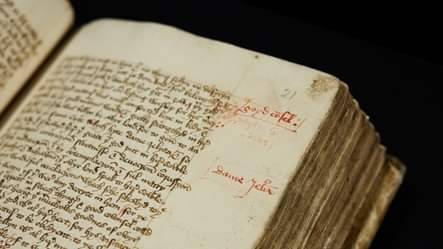

On October 1st 1568 The Bannatyne Manuscript was published by George Bannatyne, an Edinburgh merchant.
Bannatyne collected the most extensive collection of early Scottish poetry in existence, the manuscript contains texts of the poems of the great makars, many anonymous Scots pieces and works by medieval English poets and those from further afield.
In 1568 the plague struck Edinburgh. Hidden away in a country retreat, trying to escape the pestilence, city merchant George Bannatyne whiled away the time compiling an anthology of poetry. Little did he know that his manuscript would play a unique part in preserving his country's poetic heritage.
The Bannatyne manuscript contains some of the best work of Scotland's most important mediaeval poets. It is our only source for some poems: without it, we would have lost Alexander Scott's welcome to Mary Queen of Scots ('Welcum illustrat Ladye and oure quene'), William Dunbar's poem to Queen Margaret Tudor ('O lusty flour of yowth benyng and bricht'), Robert Henryson's pastoral love-poem 'Robene and Makyne', and many others. In other cases, the Bannatyne Manuscript preserves the most reliable text for modern scholars. The works it contains range widely: religious verse, love poems, moral fables and scandalous flytings, all find a place in it. The flytings are my favourite, the most interesting section to me. Flyting was a way of duelling with words, an exchange of insults, often conducted in verse, between two parties. Many people make comparisons with modern day Rap Battles.
Over the centuries many scholars and literary greats have poured over the manuscript, including our be-turbaned Edinburgh poet, Allan Ramsay and Walter Scott. Many of the religious gatherings predate the Reformation, they take up the first of the five sections it is made up of.
The "Secound Pairt" is made up of poems with moral or philosophical themes, three's writings are dedicated to comic entertainment with a heavy bias toward satire. Love themes make up the next section although it splits them into sub-sections "Ballatis Of Luve Devydit in Four Pairtis" And of course no compilation would be complete without politics, which makes up part five, along with fables, including those of Aesop.
Back to my faves, Flytings, the most well known example is "The Flyting of Dumbar and Kennedie"
There is no date for the poem but one of the "Flyters was the poet William Dunbar who lived from 1456-1520, he was the court poet to King James IV.
This is part of the opening from Dunbar;
The erd sould trymbill, the firmament sould schaik,
And all the air in vennaum suddane stink,
And all the divillis of hell for redour quaik,
To heir quhat I suld wryt with pen and ynk:
For and I flyt, sum sege for schame sould sink,
The se sould birn, the mone sould thoill ecclippis,
Rochis sould ryfe, the warld sould hald no grippis,
Sa loud of cair the commoun bell sould clynk.
Translated to;
The earth shall tremble, the firmament shall shake,
And all the air with venom quickly stink,
And all the devils of hell in fear shall quake
To hear what I shall write with pen and ink;
For when I flyte, some man for shame will sink;
The seas will burn; the moon will be eclipsed;
Rocks will split; the world will lose its grip;
The bells will clang in bitter loud lament.
You can find the full text of the exchange here http://www.oxfordscholarlyeditions.com/…/actrade-9780198118…On October 1st 1568 The Bannatyne Manuscript was published by George Bannatyne, an Edinburgh merchant.
Bannatyne collected the most extensive collection of early Scottish poetry in existence, the manuscript contains texts of the poems of the great makars, many anonymous Scots pieces and works by medieval English poets and those from further afield.
In 1568 the plague struck Edinburgh. Hidden away in a country retreat, trying to escape the pestilence, city merchant George Bannatyne whiled away the time compiling an anthology of poetry. Little did he know that his manuscript would play a unique part in preserving his country's poetic heritage.
The Bannatyne manuscript contains some of the best work of Scotland's most important mediaeval poets. It is our only source for some poems: without it, we would have lost Alexander Scott's welcome to Mary Queen of Scots ('Welcum illustrat Ladye and oure quene'), William Dunbar's poem to Queen Margaret Tudor ('O lusty flour of yowth benyng and bricht'), Robert Henryson's pastoral love-poem 'Robene and Makyne', and many others. In other cases, the Bannatyne Manuscript preserves the most reliable text for modern scholars. The works it contains range widely: religious verse, love poems, moral fables and scandalous flytings, all find a place in it. The flytings are my favourite, the most interesting section to me. Flyting was a way of duelling with words, an exchange of insults, often conducted in verse, between two parties. Many people make comparisons with modern day Rap Battles.
Over the centuries many scholars and literary greats have poured over the manuscript, including our be-turbaned Edinburgh poet, Allan Ramsay and Walter Scott. Many of the religious gatherings predate the Reformation, they take up the first of the five sections it is made up of.
The "Secound Pairt" is made up of poems with moral or philosophical themes, three's writings are dedicated to comic entertainment with a heavy bias toward satire. Love themes make up the next section although it splits them into sub-sections "Ballatis Of Luve Devydit in Four Pairtis" And of course no compilation would be complete without politics, which makes up part five, along with fables, including those of Aesop.
Back to my faves, Flytings, the most well known example is "The Flyting of Dumbar and Kennedie"
There is no date for the poem but one of the "Flyters was the poet William Dunbar who lived from 1456-1520, he was the court poet to King James IV.
This is part of the opening from Dunbar;
The erd sould trymbill, the firmament sould schaik,
And all the air in vennaum suddane stink,
And all the divillis of hell for redour quaik,
To heir quhat I suld wryt with pen and ynk:
For and I flyt, sum sege for schame sould sink,
The se sould birn, the mone sould thoill ecclippis,
Rochis sould ryfe, the warld sould hald no grippis,
Sa loud of cair the commoun bell sould clynk.
Translated to;
The earth shall tremble, the firmament shall shake,
And all the air with venom quickly stink,
And all the devils of hell in fear shall quake
To hear what I shall write with pen and ink;
For when I flyte, some man for shame will sink;
The seas will burn; the moon will be eclipsed;
Rocks will split; the world will lose its grip;
The bells will clang in bitter loud lament.
You can find the full text of the exchange here http://www.oxfordscholarlyeditions.com/…/actrade-9780198118…
19 notes
·
View notes
Text
Adventure in Librarian-ing
Student: *looking at the different copies of a book in the library* What's Harry Potter and the Sorcerer's Stone?
Me: It's the American edition of Harry Potter and the Philosopher's Stone. Same story, different name.
Student: Why'd they change the name?
Me: Because American publishers didn't think American kids could figure out what a philosopher is.
Student: *with that face kids make when they're not sure if you're pulling their leg* Really?
Me: Yeah, for real.
Student: *cackles*
#harry potter#adventures in librarian ing#did you know#libraryland#librarylife#school libraries#school librarian#elementary school#harry potter fandom#children's librarians#children's books#children's literature#kidlit#united states#book publishing#publishing history#yes really#canada
21 notes
·
View notes
Text
youtube
The Ballantine Adult Fantasy Series Gave the Fantasy Genre an Identity in the 1960s & 70s
Paperback publisher Ballantine Books played a pivotal role in the development and popularization of the fantasy genre. Its Ballantine Adult Fantasy Series of 83 old and new fantasy titles published between 1965 and 1974 introduced many mainstream readers to the genre and set the stage for the genre's rapid growth over the past 50 years.
This video is an overview of the paperback book series and its impact. In future videos, I'll explore in more depth individual authors and books included in the series. Note also that I've defined the book series broadly to include titles that are closely associated with the series even though, officially, they weren't part of it.
Watch Video
12 notes
·
View notes
Text
The Real "First Edition" of the Iliad and the Dumb J-Lo Clip
The Real "First Edition" of the Illiad and the Dumb J-Lo Clip
A clip from J-Lo’s The Boy Next Door is making the rounds on the internet today. In that film, J-Lo plays a teacher who has an affair with one of her students, and in this scene her student gives her an “expensive” gift. You can tell she’s really smart because she’s wearing glasses, and you can view the clip here.
So the boy hands her a book, she opens the cover, then looks in and says, “Oh my…
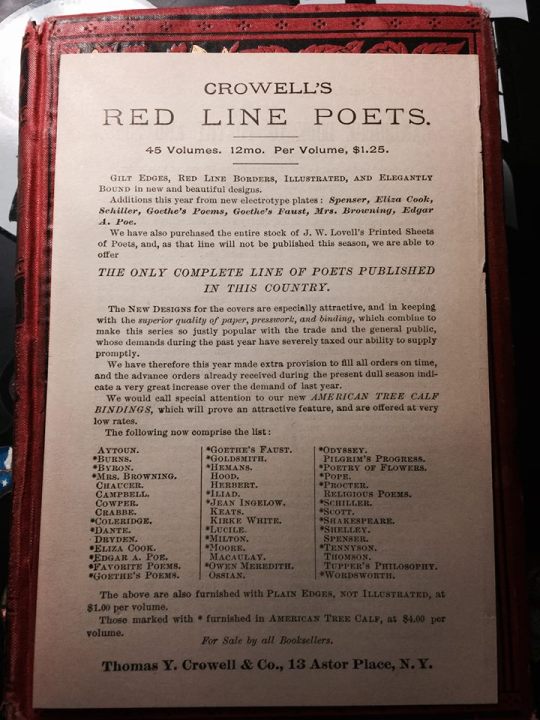
View On WordPress
2 notes
·
View notes
Photo

Serval (Leptailurus serval).
(Muséum d’Histoire Naturelle, Paris. Exposition Félins, 2023.)
The reason I post this is to share a piece of trivia:
Translation in publishing is sometimes very weird. When I was a kid, in the French translation of the X-men comics and the cartoon, Logan was not called Wolverine but Serval. It was years before he was actually called Wolverine.
You’ll admit, looking at a serval, not quite the same animal. ^^;;
I had always wondered whether they just feared Europeans would have NO IDEA WHAT THE FUCK IS A WOLVERINE.
So, hey, wikepedia, mon ami, help !
Here is the answer :
En France, des années 1970 aux années 1990, le nom du personnage est traduit en Serval dans les épisodes publiés par les éditions Lug. Bien que le terme « glouton »6 soit la traduction correcte de « wolverine », le terme « serval » lui a été préféré (« glouton » désignant également en français un individu gourmand). Cependant, en 1980, l'éditeur Arédit publie un épisode dans Gamma no 111 où le personnage fait sa première apparition, et traduit son nom par Glouton7. Dans les années 1990, la popularité de Wolverine est telle qu'elle égale celle des super-héros les plus fameux de Marvel avant lui, comme Spider-Man. En France, Panini Comics, qui publie depuis 1997 les comics Marvel en version française, lui rend à cette époque son nom d'origine.
In France, from the 70s to the 90s, the character’s name is translated as Serval in the issues released by the publisher Lug. Even though the word “glouton” was the correct translation for “wolverine” (NDT: animal wise), the word “serval” was prefered (as “glouton” also means an individual fond of food in French). (NDT: I confirm, to French ears, the name would have sounded somewhat ridiculous for a hero. Especially when glouton has a bit of a negative connotation too, as exaggeratedly fond of food, voracious or even greedy.) Nonetheless, in 1980, the publisher Arédit releases an episode in Gamma n°11 where the character makes his first appearence and translates his name as Glouton. In the 90s, Wolverine’s fame is such that it equals the one of the most famous Marvel superheroes before him, such as Spider-man. In France, Panini Comics, which publishes Marvel comics since 1997 in the French translation, gives him his original name back.
Thought you might find this funny. ^^
#serval#wolverine#publishing history#comics trivia#lost in translation#museum d'histoire naturelle#logan
2 notes
·
View notes
Text
The Evolution of Publishing
The story of publishing’s evolution is one of creativity, resiliency, and adaptation. From the early days of Johannes Gutenberg’s groundbreaking printing press to Tim Berners-Lee and Jeff Bezos’s digital era, the publishing industry has experienced significant changes that have changed how information is produced, shared, and used. Australia has had a role in this story alongside notable authors…

View On WordPress
0 notes
Text

"Lesbian Weddings" by Wendy Jill York
source: The Femme Mystique, edited by Lesléa Newman
#lesbian literature#lesbian#dyke#thatbutcharchivist#archived#lesbian books#lesbian history#lesbian photography#black lesbian#black femme lesbian#black femme#black butch lesbian#black butch#stud lesbian#i pray i am using the term stud appropriately here#will edit if not#author: lesléa newman#year: 1995#publisher: alyson publications inc.#the femme mystique#photographer: wendy jill york#black lesbian couple#black couple#the gal on the left looks a little like my sister tsega ... i miss her so much 😭😭😭#femme4butch#femme4stud#butch4femme#stud4femme#femme#butch
7K notes
·
View notes
Text
got a message out of the blue about that 'why Batman doesn't kill' explanation I left on someone else's post like two years ago but it was just "wait is Alfred dead????" and I sort of forgot that most of tumblr Batfam fandom doesn't actually read comics and so largely has no idea that Bane killed Alfred back in 2019 and he's stayed dead since
#kinda tragic really because it's been excellent angst material for Damian Dick and Jason (and Bruce of course)#even if it's also led to some absolutely baffling writing decisions (tom taylor. I'm looking directly at you)#Alfred's now the second-longest lasting death in batfam history next to Jason lmao#alfred pennyworth#bruce wayne#batman#batfam#EDIT: IF I SNEAKILY CORRECTED MY DATES SO I ACTUALLY NOTED THE CORRECT YEAR CITY OF BANE WAS PUBLISHED IN (2019): no I didn't.
1K notes
·
View notes
Photo
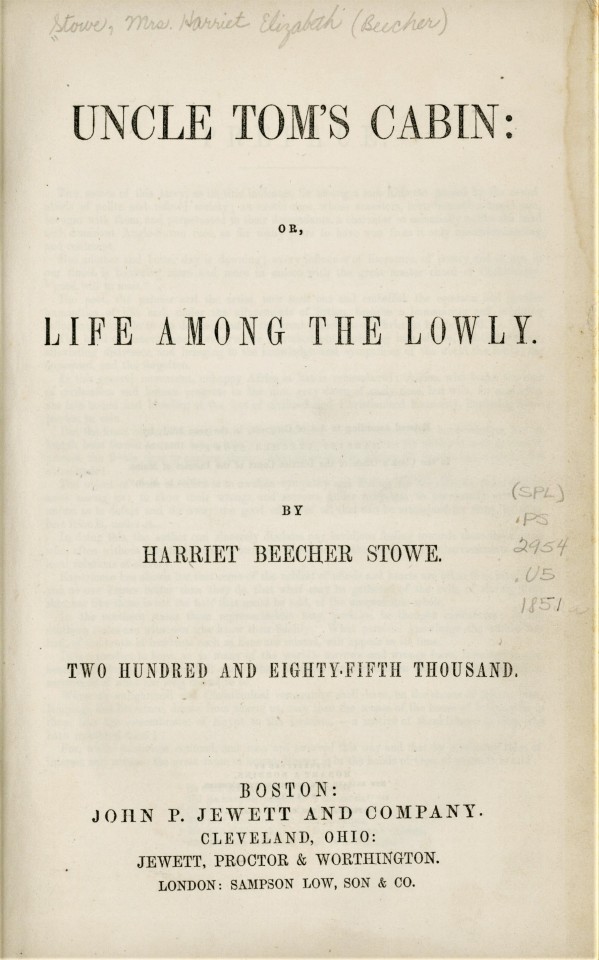

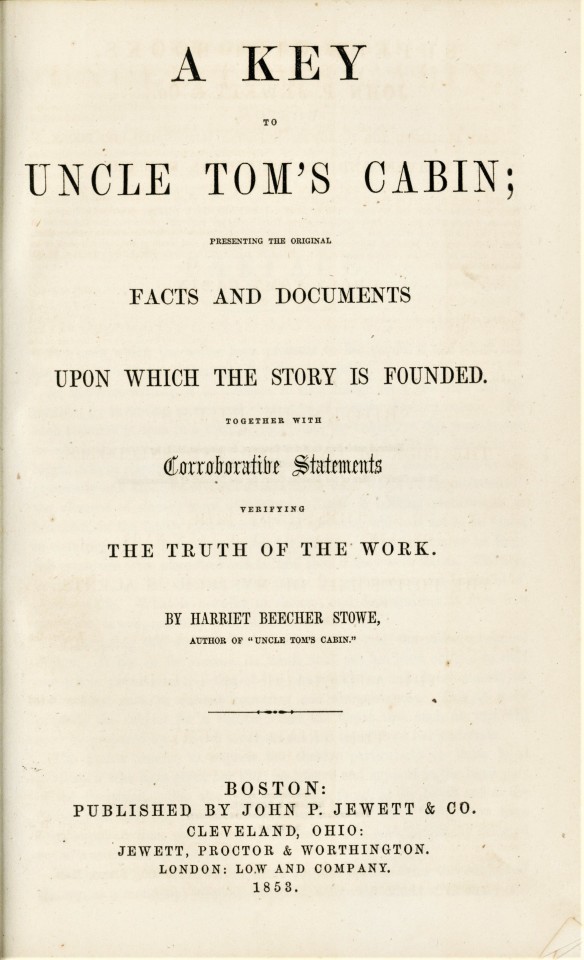
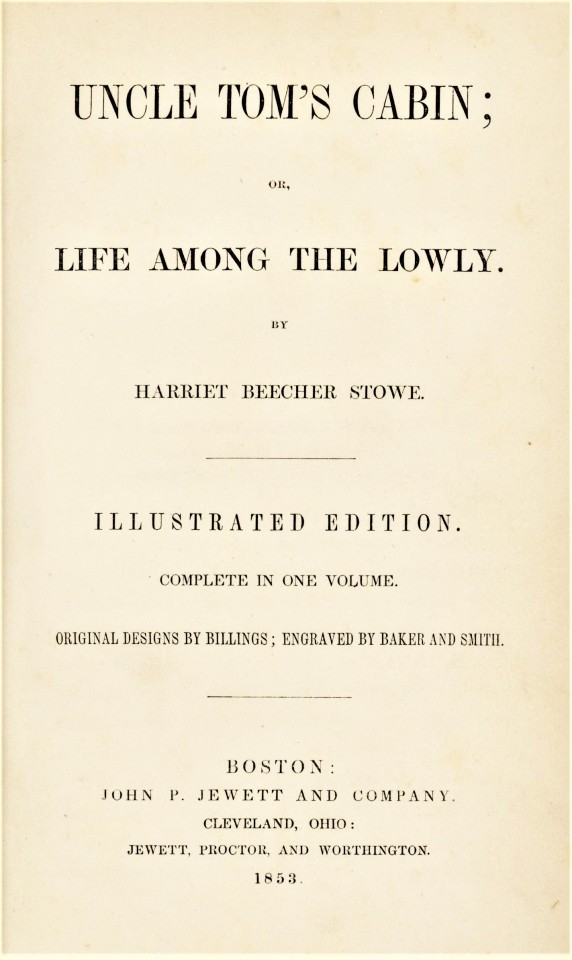



Milestone Monday
On this day, May 20 in 1852, Harriet Beecher Stowe's Uncle Tom's Cabin was published in Boston by John P. Jewett. Its popularity was so great that the first edition went through many printings and sold 300,000 by the end of the year in the U.S. alone (1.5 million were sold in Britain in the first year). Jewett had presses in operation 24 hours a day to keep up with demand.
Our copy is one of the later printings for that year, the 285th thousand, and was published in one volume without the six full-page illustrations by Hammatt Billings engraved for the first printing. In late 1851, Jewett, along with partners Proctor and Worthington, formed a second publishing business in Cleveland, which took on the responsibility of selling Uncle Tom's Cabin in the west, which is reflected on the title page of our printing. Our particular printing was also issued later and bound with the 1853 A Key to Uncle Tom's Cabin.
We also hold the first illustrated edition of Uncle Tom’s Cabin, published by Jewett in 1853 with many illustrations by Billings engraved by Baker and Smith, and we show some of those illustrations here as well.
View more Milestone Monday posts.
#Milestone Monday#milestones#Harriet Beecher Stowe#Uncle Tom's Cabin#John P. Jewett#Hammatt Billings#A Key to Uncle Tom's Cabin#illustrated edition#Baker and Smith#publishing history
35 notes
·
View notes
Text
2022 in Review (part 1): Annie Ernaux, Olivier Guez, Empire Windrush & more
What an odd post-pandemic year 2022 has been, deranged in so many ways, over and beyond the realities of Brexit hitting home, and the depressing normalization of exploitation by the Government and giant corporates across the board, as we enter “a different kind of recession where there are still lots of jobs but the recession is around our wages,” according to James Reed.
The sadness over the…
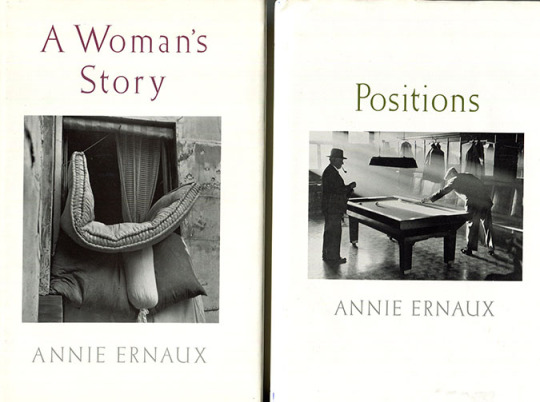
View On WordPress
#bookchat#annie ernaux#blogs for francophiles#books in translation#Contemporary French literature#entrepreneur#news round up#olivier guez#publishing history#world literature
1 note
·
View note
Text
What do you mean the irl Edogawa Ranpo was gay. What do you mean he traveled with his boyfriend researching the history of homosexuality in Japan. What do you mean they had a competition on who could find the most books about gay sex. WHAT DO YOU MEAN-
#what do you mean he was inspired by and slightly attracted to Edgar Allen Poe and chose the pen name Edogawa Ranpo after him#what do you mean he told his middle school crush that he wanted to eat him platonically#what do you mean he finished and published the rest of his boyfriend's work on the history of gay after he died#what do you mean i haven't slept because ive been researching gay mystery writers#bsd irl#edogawa ranpo#bungou stray dogs#bsd#ranpoe
2K notes
·
View notes
Photo
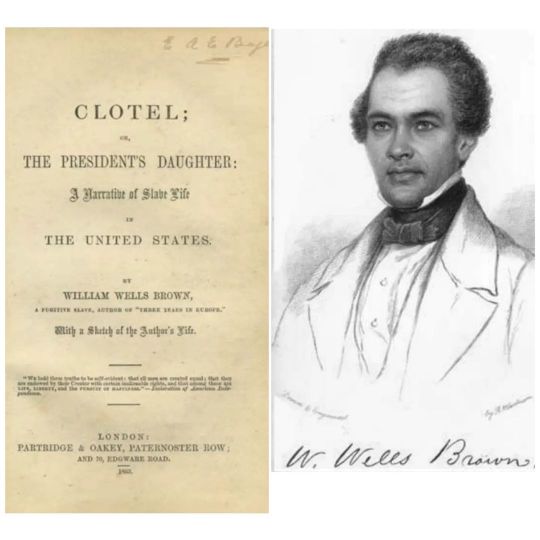
On This Day in History July 6, 1853: The novel Clotel Or The President's Daughter Is published by London publishers Partridge & Oakley.
The book, which tells the story of Clotel and her sister who were the fictional slave daughters was written by William Wells Brown (c. 1814 – November 6, 1884.) Brown himself was a former slave and is to be considered as the first African-American to have a novel published.
#Clotel #ThePresidentsDaughter #WilliamWellsBrown #AfricanAmericanStudies #AfricanAmericanStudies #BlackHistory #BlackStudies #BlackHistoryMatters #FirstAfricanAmericanToPublishANovel ##AmericanHistory #USHistory #PublishingHistory #LiteraryHistory #History #Historia #Histoire #Geschichte #HistorySisco
https://www.instagram.com/p/CfsGaBWOUm7/?igshid=NGJjMDIxMWI=
#Clotel#The President's Daughter#William Wells Brown#African American History#African American Studies#Black History#Black Studies#Black History Matters#First African American to Publish a Novel#American History#U.S. History#Publishing History#Literary History#History#Historia#Histoire#Geschichte#HistorySisco
1 note
·
View note